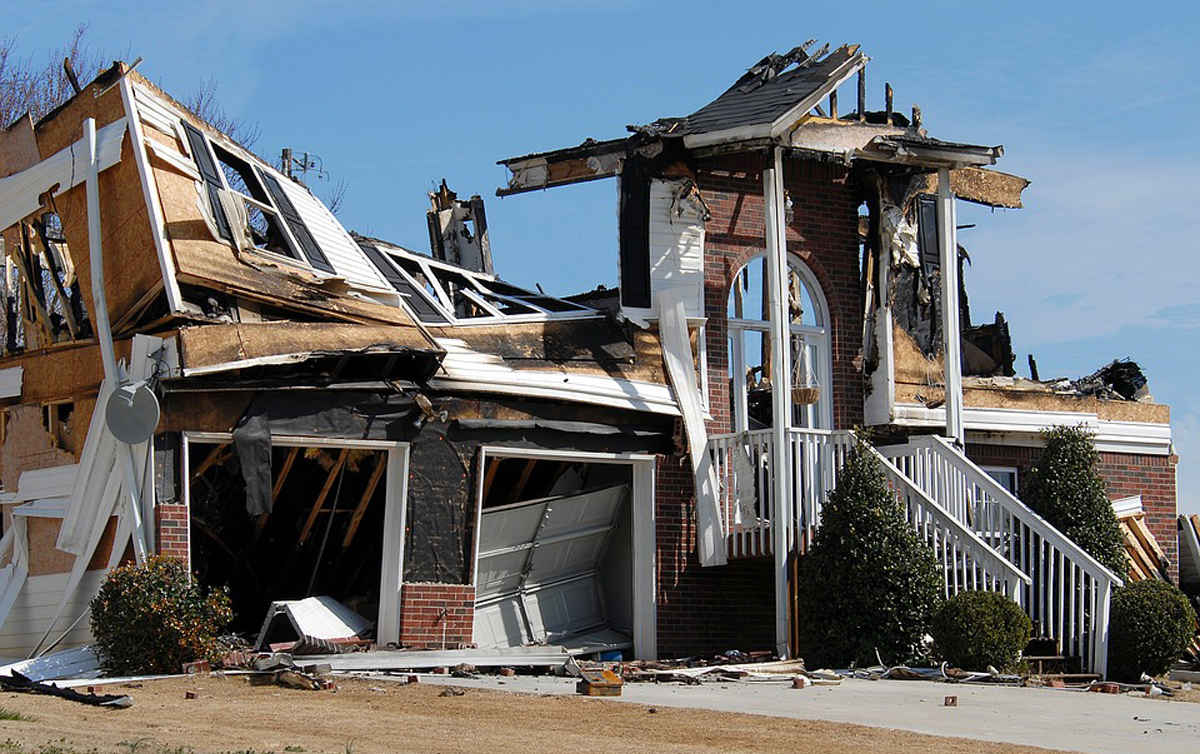 By Kathleen Riggs
By Kathleen Riggs
Recent news has been filled with footage of people being evacuated from their homes and waiting in line for water, food, and gasoline, all of which become in high demand and short supply when disasters are forecast. While other parts of the nation face hurricanes and tropical storms, Utahns have had their share of fires and flooding in recent months. Watching the news and seeing victims of natural disasters coupled with not knowing what to expect in the months ahead for our own region adds to a sense of unrest.
September is National Preparedness Month, and now is a great time to review or start a family preparedness plan to help reduce the fear of things we can’t control. Taking action and being prepared is something we can control.
The website ready.gov/build-a-kit includes a printable disaster supplies kit guideline with ideas for “unique needs” such as for pets and seniors. Recommendations for the kit include:
—Water, one gallon per person per day for at least three days for drinking and sanitation.
—Food, at least a three-day supply of non-perishable food.
—Battery-powered or hand crank radio and an NOAA weather radio with tone alert.
—Flashlight with extra batteries.
—First-aid kit.
—Whistle to signal for help.
—Dust mask to help filter contaminated air and plastic sheeting and duct tape to seal off windows and doors if sheltering in place becomes necessary.
—Moist towelettes, garbage bags, and plastic ties for personal sanitation.
—Wrench or pliers to turn off utilities.
—Manual can opener.
—Local maps.
—Cell phone with charger and backup battery.
—Cash.
—Prescriptions.
Additional items that are important but add size and weight and will require additional totes or back packs include pet supplies, changes of clothing, and sleeping bags. A complete list is found at the link above.
Assembling a kit is not a one-time-only task; it requires regular maintenance. You may need to place a recurring date on the calendar to update and replenish your kit. Canned and packaged foods will expire, batteries will lose power, and you may think of things to add or change to better suit your needs.
Finally, the link also describes where to store your kits — namely in three locations:
—Home. Keep the kit in a designated place, and have it ready in case you have to leave your home quickly. Make sure all family members know where it is located. Families may also benefit from storing a list in a pocket of the backpack that includes pre-determined additional valuables that can be located and loaded in 5–15 minutes if there is time, space, and transportation available.
—Work. Be prepared to shelter at work for at least 24 hours. Your work kit should include food, water, comfortable walking shoes, and other necessities like medicines stored in a “grab and go” case.
—Vehicle. In case you become stranded, keep an emergency kit in your car. It can be similar to your work kit, but you may also want to include some sort of shelter and a source of warmth should you need to leave your car.
The key to facing potential disasters is preparedness. The suggestions for supplies are important and can reduce the fear of being hungry, cold, or even injured. However, also take courage in the power of the human spirit. Heroes are born from ordinary people who accomplish extraordinary things in the face of challenges. The human race, of which we are all a part, is, and will continue to be, amazing.
Kathleen Riggs is a Utah State University Extension family and consumer sciences professor.



